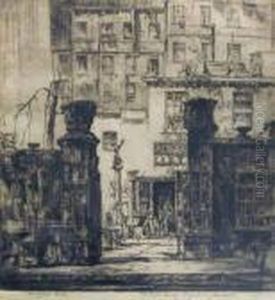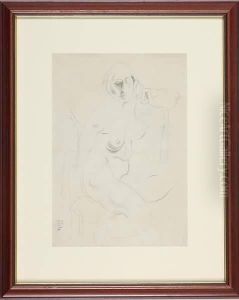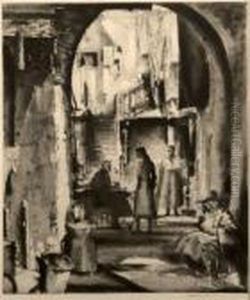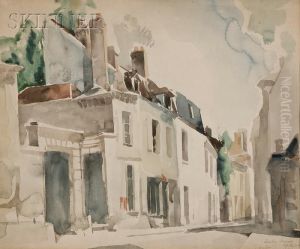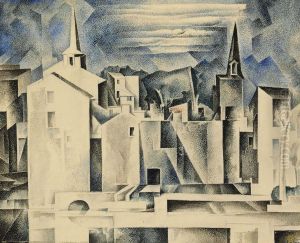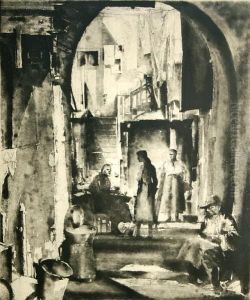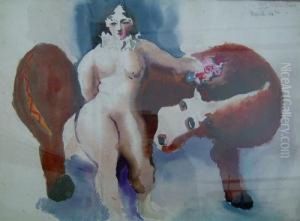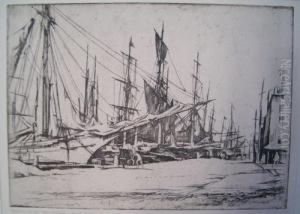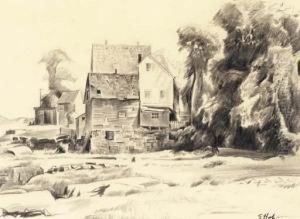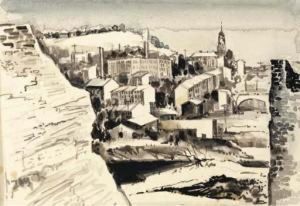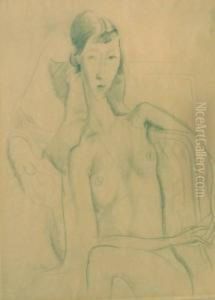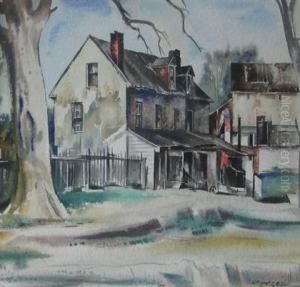Earl Horter Paintings
Earl Horter was an American artist known for his diverse artistic endeavors, ranging from painting and etching to collecting. Born in 1881 in Philadelphia, Pennsylvania, Horter developed an interest in the arts at an early age. His career trajectory took him through various phases, including impressionism and modernism, reflecting the dynamic changes in the art world during his lifetime.
Initially, Horter worked in a commercial art setting, which was a common entry point for many artists at the time. He eventually transitioned to a focus on fine art, exploring and absorbing the influences of European avant-garde movements. Horter was particularly influenced by Cubism, as evidenced in his geometrically abstracted cityscapes and still-life compositions. His work during this period showcased a strong command of line and form, and he became known for his ability to synthesize the modernist aesthetic within an American context.
In addition to his own creations, Horter's legacy includes a significant contribution to the American art scene through his extensive art collection. He amassed an impressive assortment of African sculptures, Native American artifacts, and works by contemporary European artists. This collection played a crucial role in introducing the American art community to a broader range of artistic expressions and was particularly influential in the Philadelphia area.
Horter's influence extended beyond his art and collection; he also served as a mentor to younger artists, encouraging them to explore and embrace modern artistic movements. Despite the Great Depression, which posed challenges for many artists, Horter continued to produce work and contribute to the cultural landscape until his death in 1940. Although not as widely recognized today as some of his contemporaries, Horter's work and impact on the arts remain important aspects of early 20th-century American art history.

